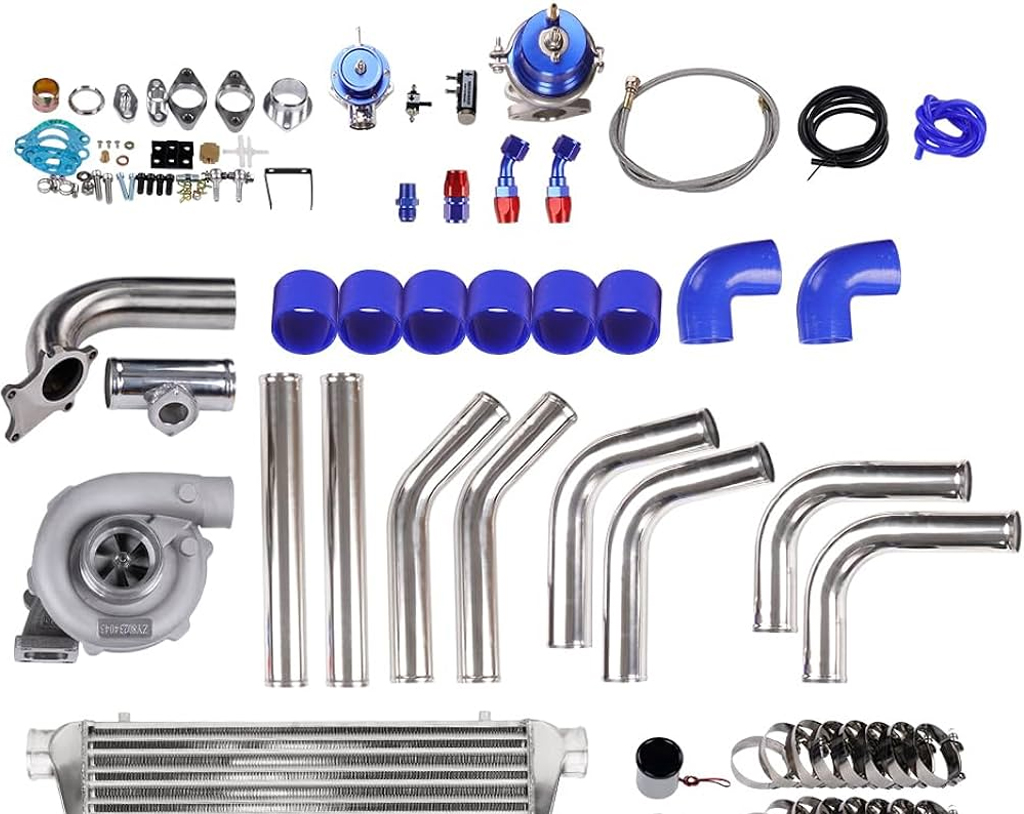Get a Quote
Universal Products We Provide
Turbo Chargers
Turbochargers are devices used in internal combustion engines to increase power output by forcing more air into the combustion chamber. Here's how they work:
- Intake of Air
- Exhaust Gas Flow
- Turbine and Compressor
- Compression of Air
Wastegates
Wastegates are critical components in turbocharged engines that regulate the amount of exhaust gases flowing into the turbine of the turbocharger.
- Exhaust Gas Flow Control
- Boost Pressure Regulation
- Preventing Overboost
- Actuation Mechanisms
Blow Off Valves
Blow-off valves are vital components in turbocharged engines, designed to release excess boost pressure when the throttle suddenly closes, preventing damage to the turbocharger and maintaining engine reliability. By diverting the pressurized air back into the intake system instead of forcing it back through the turbocharger, blow-off valves reduce stress on the turbo bearings and compressor wheel, prolonging their lifespan. This ensures consistent engine performance and protects against potentially costly repairs, making blow-off valves essential for the longevity and efficiency of turbocharged vehicles.
Clamp Hoses
Clamp hoses for turbo applications are specifically designed to withstand the high temperatures and pressures associated with turbocharged engines. These hoses are often made from heat-resistant materials such as silicone or reinforced rubber, which can withstand the intense heat generated by the turbocharger.In turbocharger systems, clamp hoses are used to connect various components such as the turbocharger itself, intercooler, intake manifold, and wastegate. These hoses must be able to handle the significant boost pressures generated by the turbocharger without leaking or collapsing.


